I recently spent an evening at a woman’s house, in a nearby city, who had transformed her 3 acre property into a “parklike” setting. It was quite beautiful. There were many master gardeners there answering questions about flowers to rain barrels to water ponds. In addition, a representative from the Washington Conservation District was there and they were offering a free walk-through of our property with the possibility of grant money being awarded if we qualified for their program.
So –I signed up. Free money is free money, right? (Yes, I know it’s taxpayer money and I’m a taxpayer but it’s still “free” in an odd sense) A couple of weeks ago I had two representatives come out. They walked almost all of my property with me pointing out and naming this plant and that plant.
They also pointed out the “buckthorn.” I used to think that I had wild bushes growing through my property that I had to trim back and maintain. Alas! I have the “buckthorn” – a “restricted noxious weed.”
Another noxious weed! I have to shake my head because I spent hours and hours pulling out the garlic mustard plant — another noxious weed — from our property. And the seeds from that plant are starting to grow again.
I’m sure I’ll be weeding the rest of my life!!!
Anyway, the buckthorn is everywhere I walk on the property — even on the paths that I made last year. This is what the back part of my acreage looks like — and, outside of the ferns, most bushes there are buckthorn. Â Sigh.
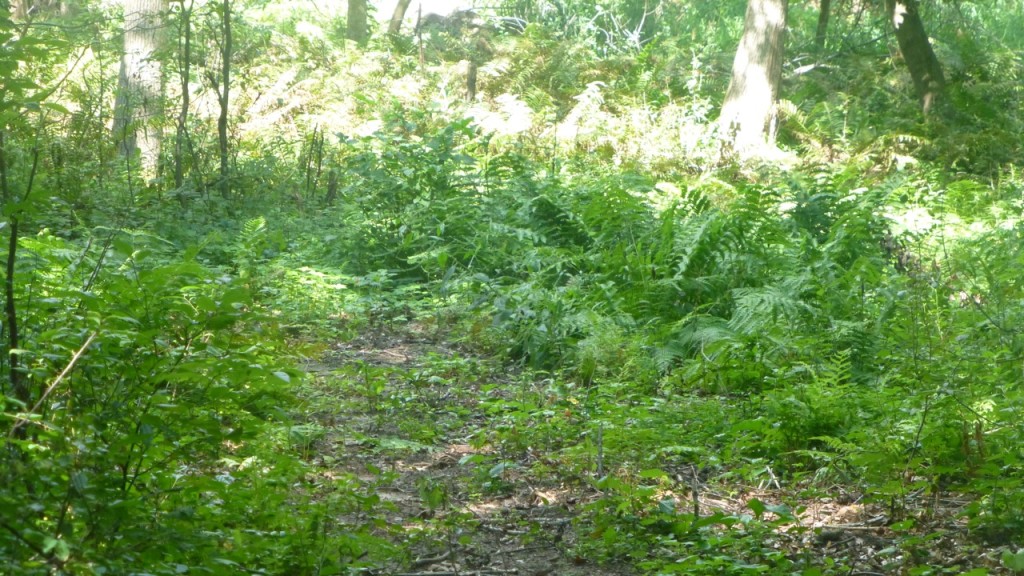
This is what the leaf of the buckthorn looks like. It also has branches that have these “spikes” that come out of them (although they aren’t prickly).
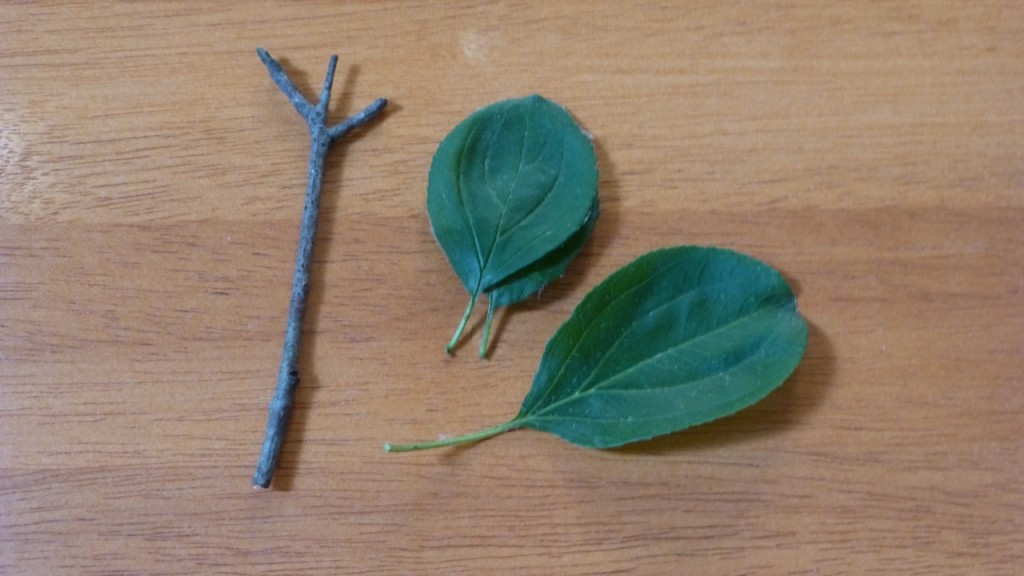
Here’a another picture of the leaf. Notice that the leaves are egg-shaped, pointed at the tip, dark, glossy and finely-toothed. There are 3-5 pair of curved leaf veins. It’s important to know about the leaf veins because there are other bushes/plants that look similar to the buckthorn. You don’t want to take out the good with the bad.
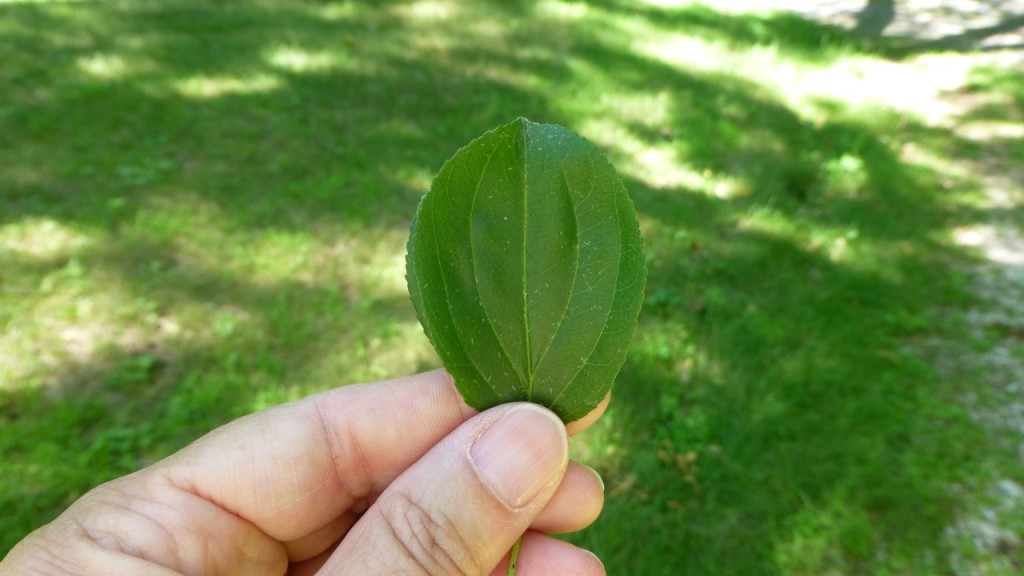
So — back to the Washington Conservation District. I am eligible for at least one of the grants that will give me $500 to buy plants to replace the buckhorn that I remove. It’s a one year program so I’ll have to remove as much buckthorn as I can, buy and install the new plants, keep my receipts, turn them over to the Conservation District, have an inspection then get reimbursed.
There is also another 5 year program that would give me an additional $1000. They are checking to see if I am eligible for that grant as I would have to be within a certain number of feet from a lake to qualify.
Shortly after all this happened, I received a large box in the mail that my brother had sent me — a gift. Â (Don’t you like surprise gifts? — I do!!!) Â The box contained a weed remover that is working very well in getting to the root of the larger buckthorn plants. When the plants are small, you can yank the plant (root and all) from the ground. Larger plants require a little more oomph! and this Friskars Weed Remover works very well.
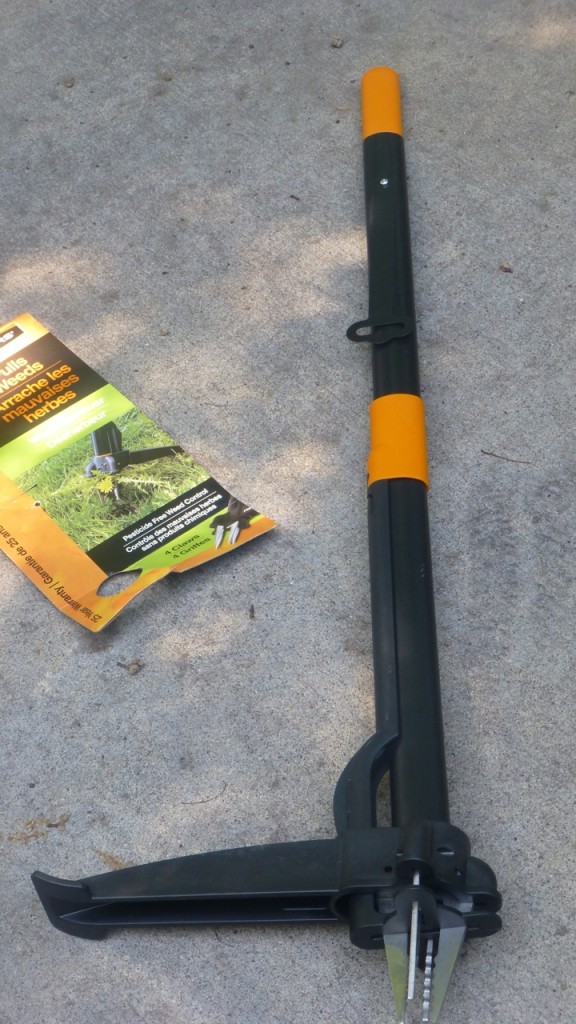
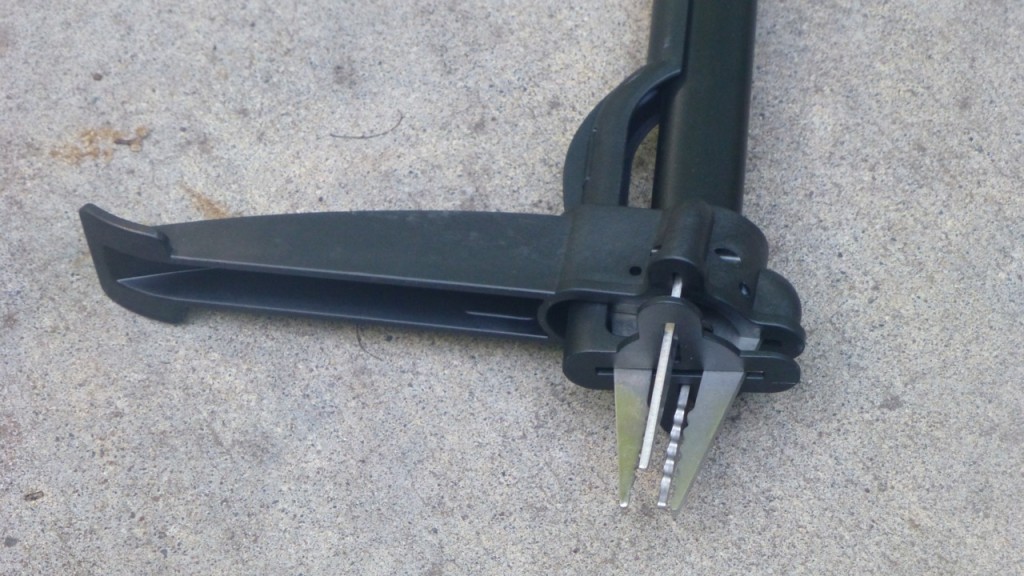
Buckthorn and garlic mustard plants, uh, weeds. Â The story of my life.
Hmmm … winter is not looking so bad right about now …
(For more information on the buckthorn, please click on this link … Minnesota Department of Natural Resources.)
Other articles on buckthorn …


